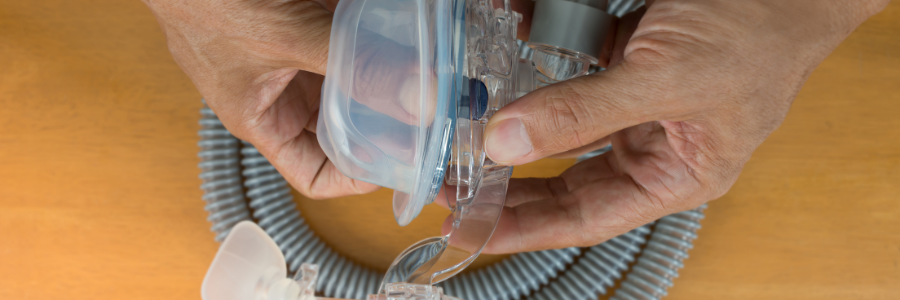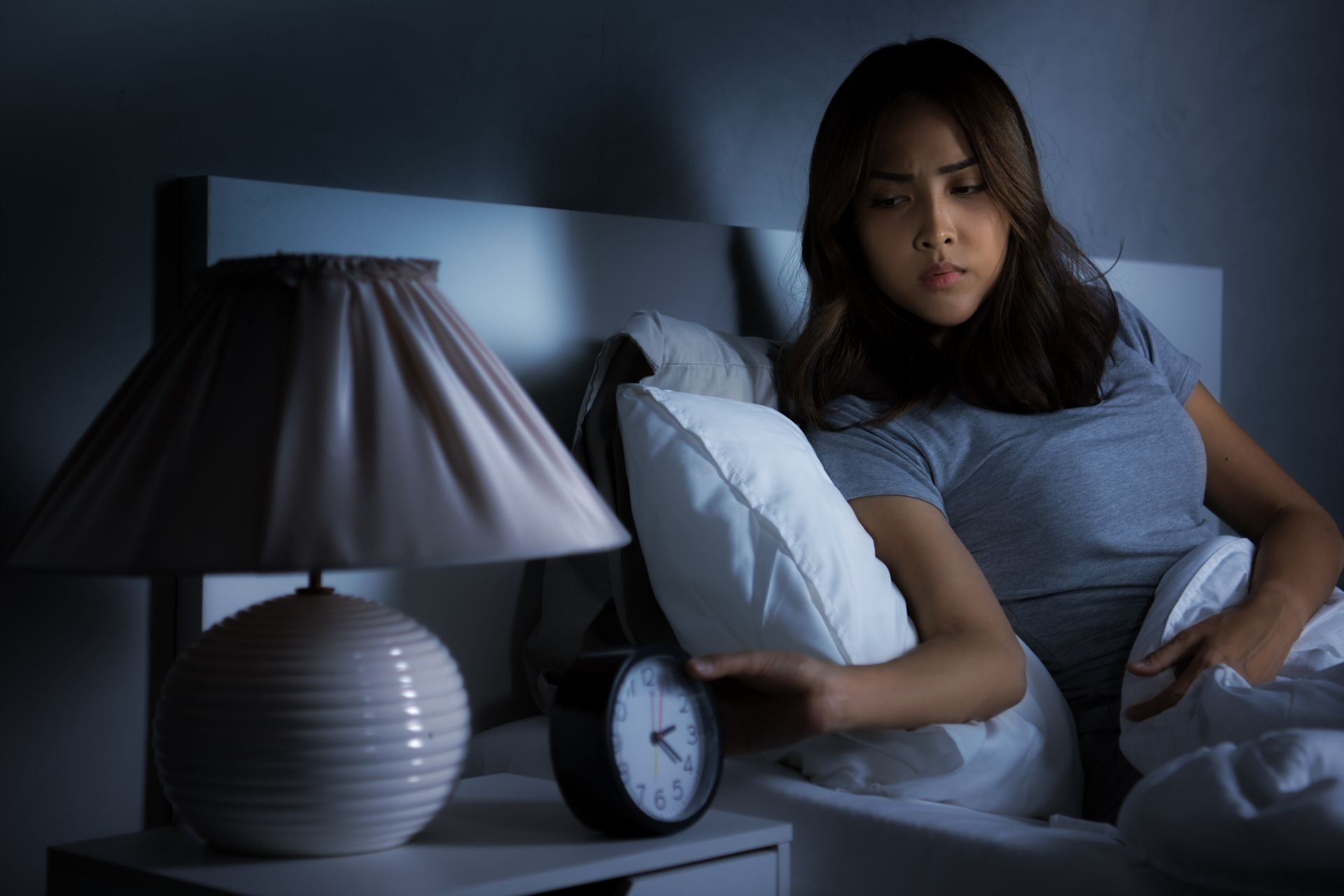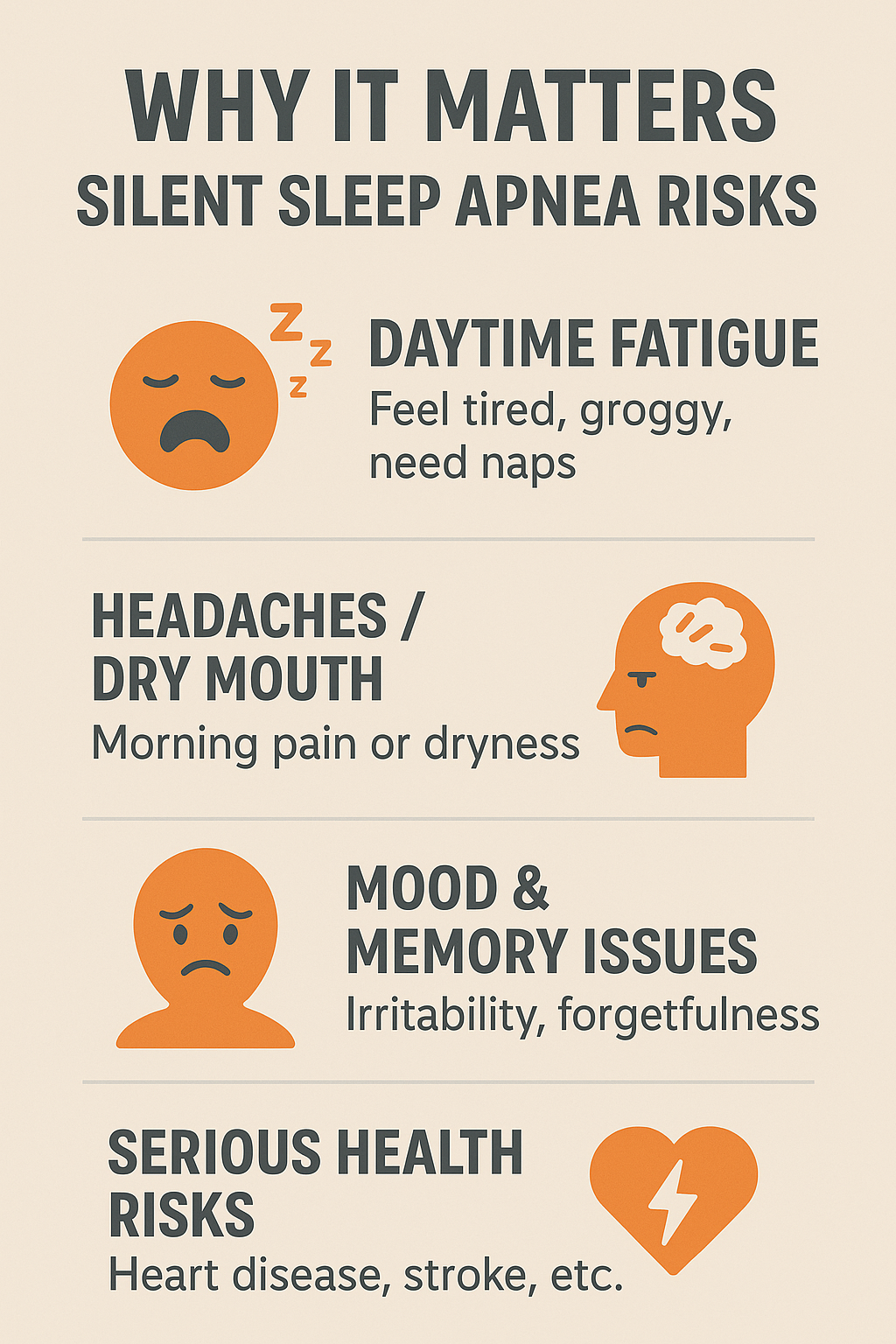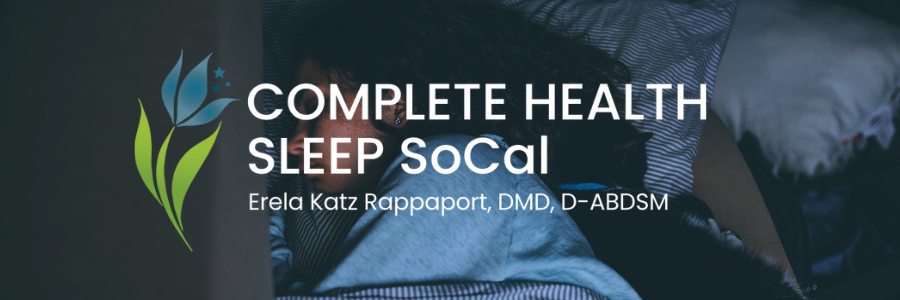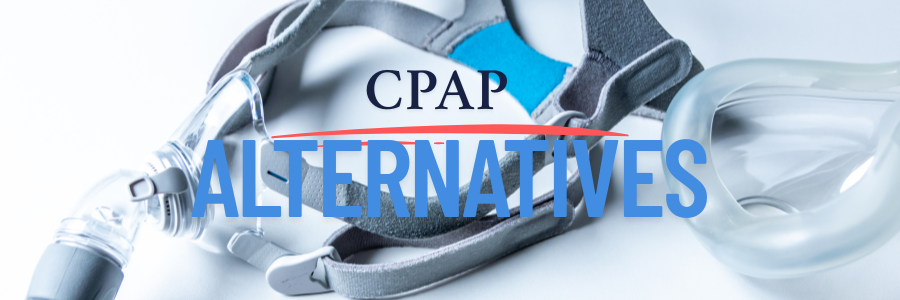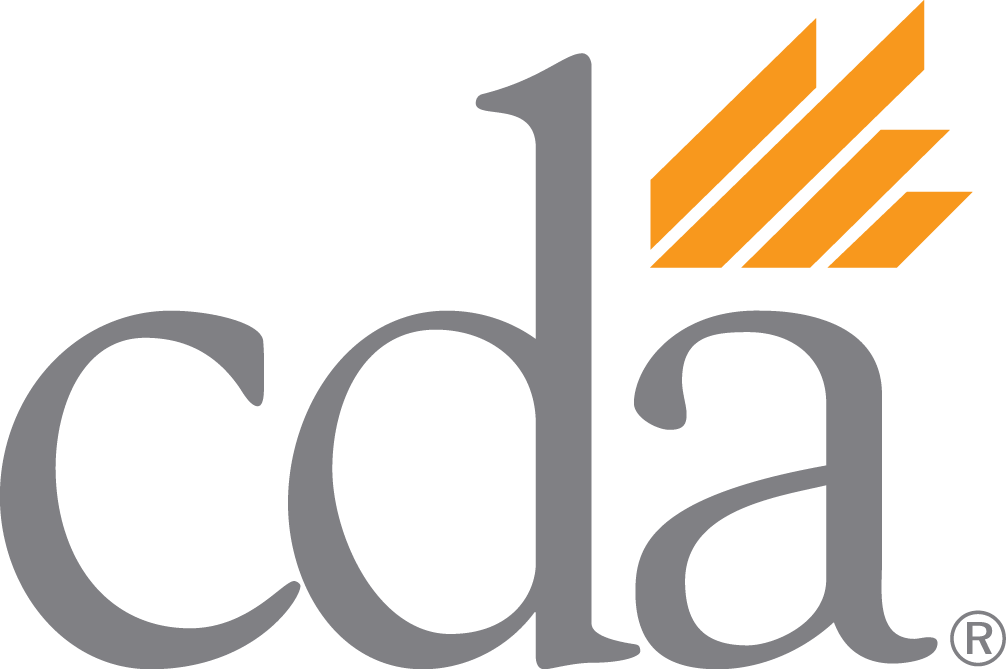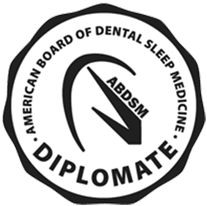Sleep Apnea Without Snoring: The Silent Health Threat
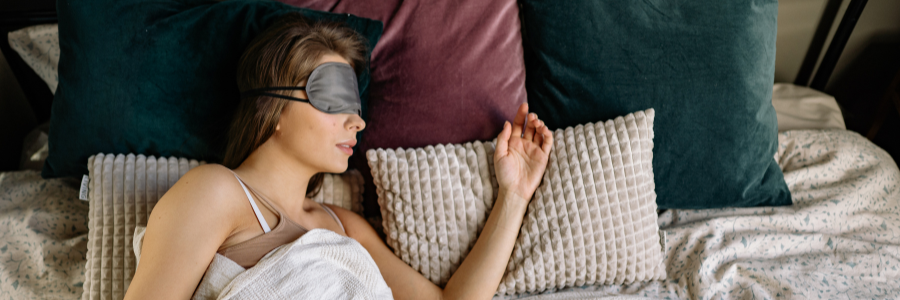
At
Complete Health Sleep of SoCal, we understand that sleep apnea doesn't always come with loud snoring. Many individuals live with a condition known as
silent sleep apnea—a form of sleep-disordered breathing where a person experiences repeated breathing interruptions throughout the night without the usual warning sign of snoring. Because it’s quiet, it often goes unnoticed for years, yet it can seriously impact your health, mood, and quality of life.
What Is Silent Sleep Apnea?
Silent sleep apnea is a term used when someone experiences symptoms of sleep apnea—such as pauses in breathing, gasping, or fragmented sleep—without the presence of loud snoring. This makes it more difficult to recognize, especially for people who sleep alone or whose symptoms are mistakenly attributed to stress or poor sleep habits.
You don’t need to snore to have dangerous sleep disruptions. Breathing may stop dozens or even hundreds of times each night without a sound.
Why It Matters: The Risks of Going Undiagnosed
Sleep apnea affects how your brain and body function while you're asleep—and eventually, while you're awake. Without proper airflow, your oxygen levels drop. Your body wakes itself repeatedly to resume breathing, preventing deep, restorative sleep.
Even if you're not snoring, you may still be at risk for:
- Daytime Fatigue
Constant micro-awakenings lead to poor-quality sleep. You may feel groggy, unfocused, or in need of frequent naps, even if you think you slept through the night. - Morning Headaches or Dry Mouth
Oxygen deprivation and shallow breathing can cause early morning headaches. Dry mouth may result from occasional gasping or mouth breathing at night. - Mood Changes and Memory Issues
Sleep apnea disrupts REM sleep, which is essential for mood regulation and memory formation. You may experience irritability, depression, or difficulty remembering things. - Serious Long-Term Health Risks
Untreated sleep apnea—silent or not—has been linked to high blood pressure, cardiovascular disease, insulin resistance, stroke, and even dementia. Over time, your entire system suffers.
What Causes Silent Sleep Apnea?
There are two main types of sleep apnea, both of which can occur silently:
1. Obstructive Sleep Apnea (OSA)
This is the most common form. It occurs when the soft tissues at the back of your throat collapse and block the airway, often during deeper stages of sleep.
Key point: Some people with OSA don’t snore because the obstruction causes complete airflow blockage rather than vibration of the airway walls. The breathing just... stops.
2. Central Sleep Apnea (CSA)
CSA is less about a physical blockage and more about a communication issue between your brain and your breathing muscles. The brain temporarily stops telling the body to breathe.
Key point: There’s no snoring because there’s no attempt to breathe during these episodes.
Know the Signs: What to Look For
Without snoring as a signal, many people don’t suspect sleep apnea. That’s why it’s so important to pay attention to these non-snoring symptoms:
- Waking up tired after a full night's sleep
- Frequently waking up at night without knowing why
- Feeling “foggy” during the day or needing caffeine to function
- Trouble concentrating at work or during conversations
- Mood swings, depression, or low motivation
- High blood pressure or rapid weight gain
- Partners reporting you gasp or stop breathing during the night
If you recognize several of these signs, especially in combination, it’s worth investigating further.
Diagnosing the Silent Threat
At Complete Health Sleep of SoCal, our diagnostic approach is non-invasive, personalized, and convenient. Here's how we can help:
- Comprehensive Consultation We begin with a detailed medical history and physical examination, including a thorough look at your airway, tongue positioning, jaw alignment, and nasal passages.
- Home Sleep Test (HST)
You’ll take home a small, easy-to-use sleep monitor that records your oxygen levels, heart rate, breathing patterns, and more while you sleep in your own bed.
- Sleep Study Review We analyze your sleep data to determine whether you have apnea, how severe it is, and how often it happens—even if you don’t snore.
What Are My Treatment Options?
We specialize in non-CPAP, non-invasive solutions to help you sleep and breathe better. Our goal is to treat the root cause—not just the symptoms.
1. Oral Appliance Therapy
We offer custom-fitted oral appliances that gently shift your lower jaw forward to keep your airway open during sleep.
- Comfortable, quiet, and easy to travel with
- FDA-cleared for treating mild to moderate sleep apnea
- Excellent alternative to CPAP, especially for those with silent apnea
2. Lifestyle Modifications
Simple changes can make a big difference, including:
- Weight management
- Sleeping on your side rather than your back
- Reducing alcohol and sedative use
- Keeping consistent sleep routines
3. Other Options
For those who need additional support, we may recommend:
- Positional therapy (to reduce back sleeping)
- Myofunctional therapy (exercises to strengthen airway muscles)
- Inspire therapy (a small implant that keeps airways open, for certain cases)
We personalize every treatment plan based on your needs and preferences.

The Importance of Early Intervention
Waiting too long to address silent sleep apnea can lead to chronic fatigue, mental health decline, heart problems, and more. Fortunately, early diagnosis and treatment can result in:
- Restorative, uninterrupted sleep
- Better focus, mood, and energy
- Reduced health risks
- A longer, healthier life
Let’s Take the Next Step Together
If you’ve been feeling tired, foggy, or frustrated by poor sleep—but don’t snore—it’s time to consider that sleep apnea might still be the cause.
At Complete Health Sleep of SoCal, we’re here to help you:
- Understand your symptoms
- Get tested easily at home
- Receive compassionate, expert treatment
- Sleep deeply again—without a noisy CPAP machine

